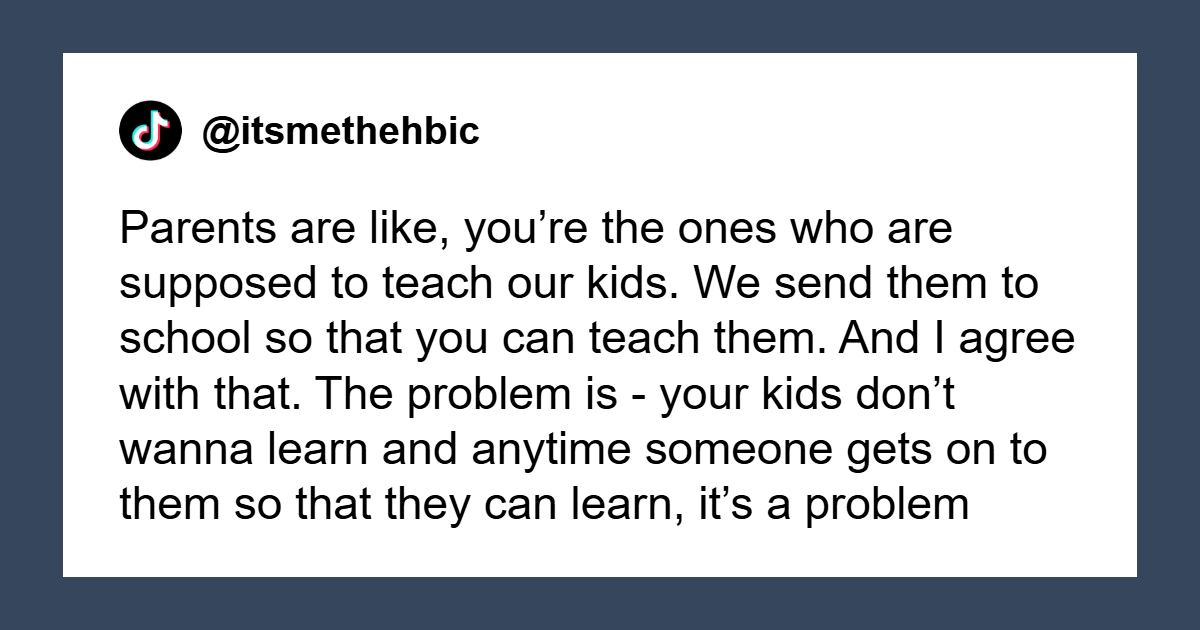Inside the Shocking Literacy Crisis: Why US Teachers Are Sounding the Alarm Like Never Before
However, the literacy crisis didn’t start with COVID-19. Even before 2019, the results on national and international exams were declining. Many experts put the blame on the system itself, saying that schools with shortages of educators lack teachers trained in phonics and phonemic awareness, which are foundational skills for reading. The pandemic that caught us off guard merely worsened this situation.
Some experts also point out that due to smartphones and increasing screen time, fewer and fewer students are reading for pleasure. In fact, 2023 findings show that only 14% of students pick up a book in their free time, which means the majority of them don’t read in a way that prepares them for learning tasks and critical thinking.
“When a student reads for fun and enjoys reading outside of school, there are so many benefits that they might not even realize, like the background knowledge needed to approach different academic areas in school,” said Christina Cover, a special education teacher.
All these moving parts combined result in the literacy crisis that the US is facing. However, “I would not say that hope is lost, and I would not say that we cannot turn this around,” Carr said. “It’s been demonstrated that we can.”
All hope is not lost
Image credits: Antoni Shkraba Studio (not the actual photo)
To address the staggering rates of illiteracy, many states are establishing laws based on the science of reading. This encompasses five essential components for reading: phonemic awareness, phonics, fluency, vocabulary development, and reading comprehension. However, this is just the initial step. Much more needs to be done in school besides implementing the science of reading guidelines.














Post Comment